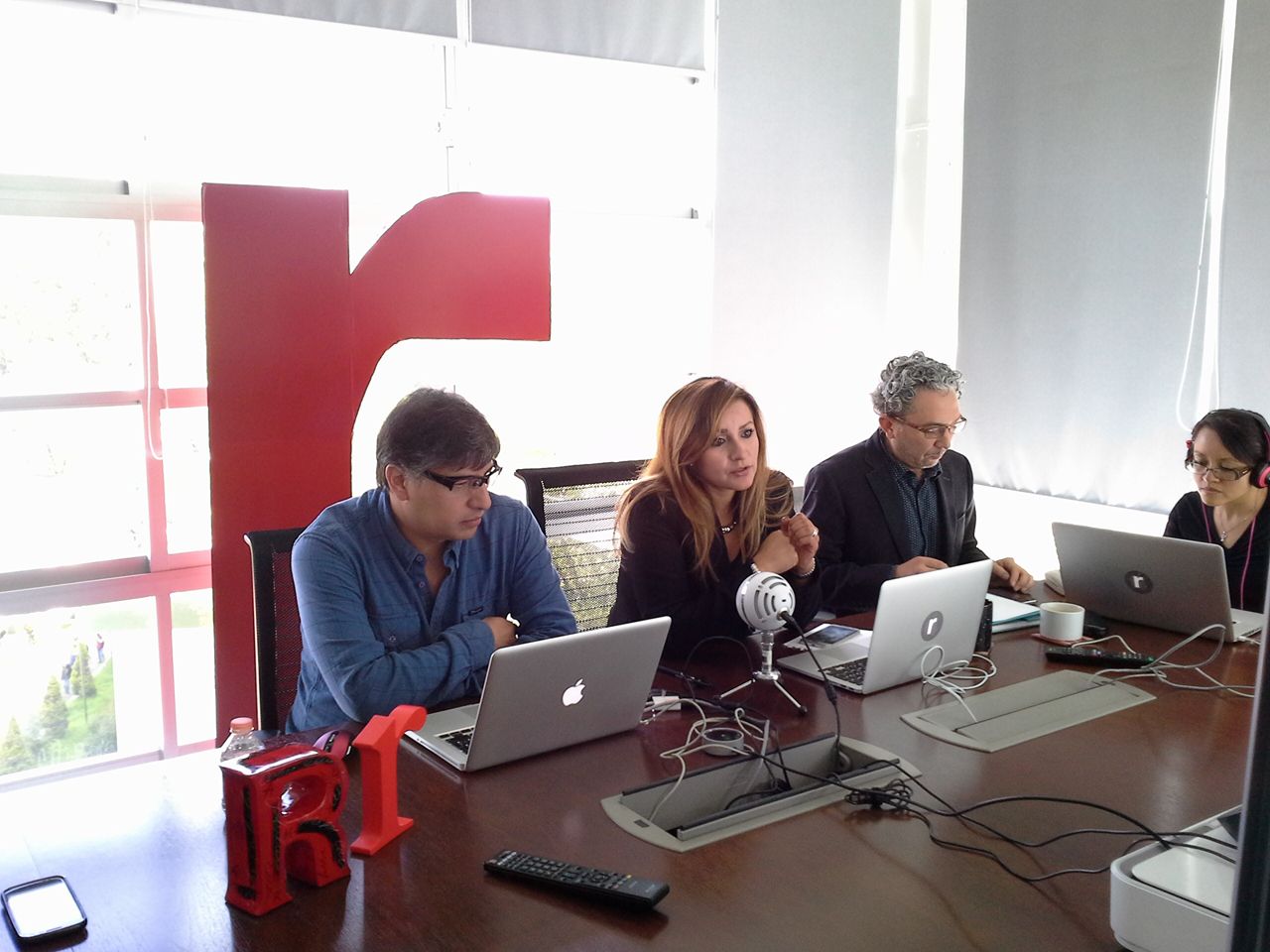
On the third session of the Certification Course: “The new electronic publishing model and Redalyc 3.0: XML JATS tagging”, held on August 18, a detailed analysis of Marcalyc, the tagging tool generated by Redalyc, was made, so that the 675 people (from 21 countries) that were on the web session got familiar with the modules, sections, attributes and tags that are part of this system and allowing them to know, step by step, the procedure for tagging an article.
Before the graphical explanation about the function of Marcalyc, Doctor Arianna Becerril, Director of technology and innovation at Redalyc, announced that the beta version of said tool will be launched on September 1st and pointed out that this launch is the result of a one-year work done by nearly a team of 20 people in which we can find Fernando Rodriguez. Coordinator of the Venezuelan journals Index, Revencyt from the University of Los Andes, Venezuela, and MS Eliana Guzmán, professor of this University. She added that Marcalyc, which works on the web, provides an easy way to tag articles and reiterated that for using this tool, it is not necessary to have technical knowledge as the person who makes the process does not have to know all the 260 tags that exist.
Doctor Becerril said that the tagging of the references is the most complicated task, so she emphasized that it is necessary that journals observe the citation rules that they adopt in order to make this process easier. Fernando Rodriguez explained the function of Marcalyc, for this, he used an article of the Diversitas: Perspectivas en Psicología journal, from the Saint Thomas University, Colombia as this has a suitable citation process based on the APA style, which allowed the system to make a suitable inference process.
In this session, it was reiterated that the tagging must have a logic sequence (first the front is worked on, then the back and finally the body), in order to make possible the links to the references and to other previously tagged sections and, at the same time, this linking of elements allows that, at the end of the process, an interactive reading of a scientific article is made, either on a computer or on a mobile device. It was explained that for tagging the article’s elements it is only necessary to make a simple operation: select & drop as the system will transfer the selected elements to the corresponding box. Graphically, it was explained how to tag normal paragraphs, literary quotations as well as how to insert figures, graphics, charts, equations and lists, and it was clarified that the system allows to verify if errors or omissions were made during the process.
Finishing with the tagging of the selected article, the reading experience created by the intelligent viewer was exemplified and the multiple output formats obtained were shown (XML, ePUB, HTML and PDF). Finally, some of the questions asked by the participants were answered and it was remembered that in the fourth and last session of the course, topics such as the comparison with the other platforms’ tools, in terms of time and cost, and the established conditions editors so that authors can use this tool.

Leave a Reply